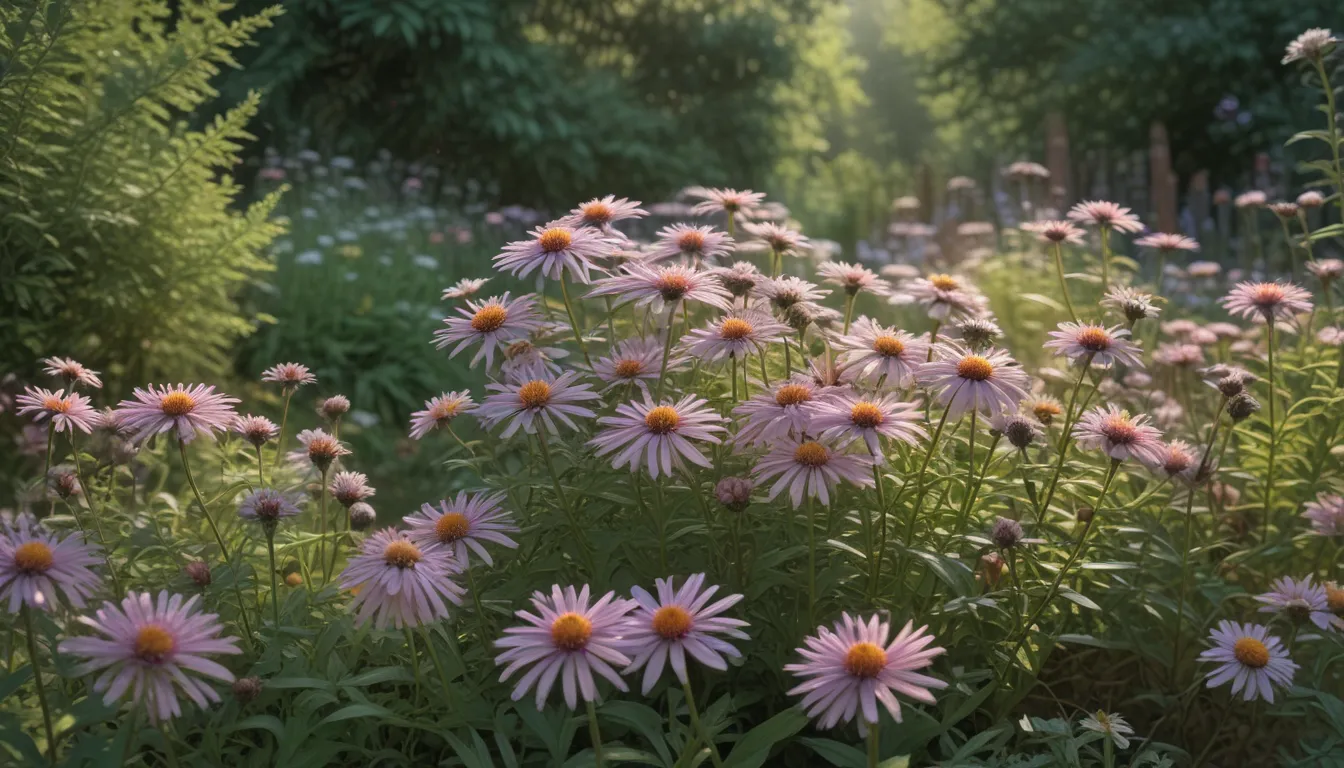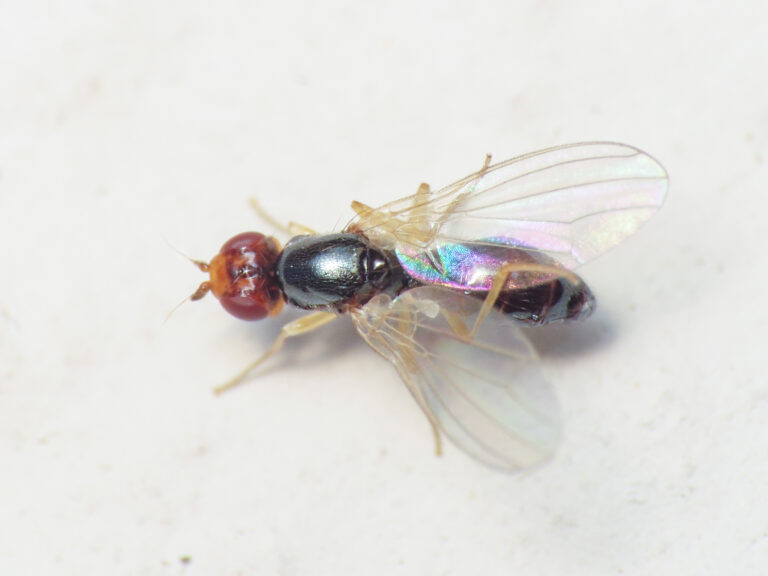Ultimate Guide to Growing and Caring for Calico Aster in Your Late Summer to Fall Garden

Calico aster, Symphyotrichum lateriflorum, also known as Aster lateriflorus, is a beautiful native perennial flower that can add a touch of charm to your late summer to fall garden. This plant is a delight to behold, with masses of tiny white blossoms featuring striking reddish-purple to rosy pink centers.
If you’re a gardener in USDA Hardiness Zones 3 to 8, this plant is a perfect addition to your landscape. Calico Aster thrives in moist woodland locales and is virtually maintenance-free once established.
In this comprehensive guide, we will delve into everything you need to know to cultivate and care for calico aster in your garden.
What You’ll Discover
- Cultivation and History
- Propagation Tips
- How to Successfully Grow Calico Aster
- Helpful Growing Tips
- Maintenance Guidelines
- Cultivar Selection
- Managing Common Pests and Diseases
- Best Uses for Calico Aster
- Quick Reference Growing Guide
Cultivation and History
Calico aster, also known as white woodland, starved, or side-flowering aster, is a native herbaceous perennial plant native to North America. It boasts a bushy, clumping growth habit and can reach heights of one to three feet at maturity.
The plant features erect stems that range from green to brown, with lateral branching. The blossoms of calico aster cluster in an upright panicle fashion along the upper side of each stem, adorned with delicate white rays and fuzzy-looking yellow centers that transition to shades of red and pink as they mature. This unique multicolor appearance gives the plant its “calico” moniker.
Calico aster is a favorite of beneficial insects due to its short nectar tubes, attracting pollinators like mining bees. The plant goes to seed in late fall, dispersing tufts of cottony brown and white seeds carried by the wind for self-sowing.
The foliage of Symphyotrichum lateriflorum is green and narrow, showcasing serrations on the largest leaves. As fall approaches, the foliage deepens to bronze tones, adding to the plant’s seasonal appeal.
A notable characteristic of calico aster is its affinity for disturbed soil. Unlike plants that thrive in pristine, untouched environments, calico aster does exceptionally well in disturbed sites.
Calico aster’s complete botanical name, Symphyotrichum lateriflorum, also includes the “authors” of the species, A. Löve & D. Löve. These botanists refined the classification of the plant in the early 20th century, building on the work of Linnaeus, who initially classified the species in the 1700s.
Propagation
Calico aster spreads through thick rhizomes and self-sowing. While true botanical species seeds will replicate the traits of parent plants, seeds from cultivated or hybrid varieties may not.
Propagation of calico aster can be done through three main methods:
From Seed
Direct sow calico aster seeds after the last spring frost or start seeds indoors a month before the last frost date. Once seedlings have two true leaves, harden them off before transplanting. Maintain even moisture during germination.
From Cuttings
Take 6 to 7-inch stem cuttings with rooted hormone and plant them in potting medium. Provide adequate moisture and sunlight until the cuttings root. Later, transplant them outdoors.
By Division
Divide established plants in the spring to create new plants. Dig through the roots and remove a section for immediate transplant elsewhere.
How to Grow
When planting calico aster, choose a location with full sun in cooler regions and partial shade in warmer areas. The plant thrives in organically-rich, well-draining soil with a pH range of 5.2 to 7.5.
Here are some key steps to successful calico aster growth:
- Prepare the soil by amending it with compost or leaf mulch.
- Direct sow seeds or transplant seedlings to a depth matching their original planting containers.
- Provide consistent moisture, especially during the first growing season.
- Fertilize with a balanced fertilizer at planting time and monitor water needs, especially in containers.
Growing Tips
Success with calico aster lies in catering to its preferences:
– Provide partial shade in warmer regions.
– Allow ample space for vigorous growth.
– Maintain consistent moisture to establish new plants.
For additional growing tips, consider practices for managing perennial aster flowers.
Maintenance
Calico aster is relatively low maintenance, especially when grown in suitable conditions. Regular watering during the first growing season is crucial, along with potential tips on stem pinching and division every few years.
Frequent weeding, proper spacing, and occasional seed collection are all part of effective calico aster maintenance.
Cultivars to Select
In addition to the native botanical species, there are various cultivated varieties of calico aster that offer unique qualities and characteristics:
- Calico Aster (Symphyotrichum lateriflorum)
- Horizontal Calico Aster (S. lateriflorum var. horizontalis)
- Lady in Black (S. lateriflorum ‘Lady in Black’)
- Lovely (S. lateriflorum ‘Lovely’)
- Prince (S. lateriflorum ‘Prince’)
- White Lovely (‘White Lovely’)
Explore these cultivars to find the perfect fit for your garden.
Managing Pests and Disease
While calico aster is relatively resistant to common pests and diseases, it’s essential to monitor for signs of stress and potential issues like aster yellows and powdery mildew. Proper watering practices and maintaining optimal growing conditions can help prevent these problems.
In cases of severe pest infestations, consider natural deterrents like deer-resistant plants to protect your calico aster.
Best Uses
Calico aster offers numerous landscaping possibilities, from naturalizing in woodlands to forming mass plantings and serving as an attractive backdrop to shorter plants. The plant’s versatility extends to fresh and dried flower arrangements, making it a versatile addition to your garden.
Quick Reference Growing Guide
To help you succeed in growing and caring for calico aster, here’s a quick reference guide outlining key details:
- Plant Type: Herbaceous perennial
- Flower / Foliage Color: White to lavender with yellow to rose center; green to bronze, purple
- Native to: East and Central US, Canada
- Hardiness (USDA Zone): 3-8
- Bloom Time / Season: Summer and fall
- Exposure: Part sun or light shade
- Spacing: 2-4 feet
- Height: 2-4 feet
- Spread: 1-3 feet
- Water Needs: Low to moderate
Check this guide for quick plant care reference and ensure your calico aster thrives.
Conclusion
Calico aster, with its delicate blooms and effortless charm, is a delightful addition to any garden. By following the tips and guidelines laid out in this comprehensive guide, you can successfully grow and care for this native perennial.
Remember to plant with care, provide adequate growing conditions, monitor for pests and diseases, and enjoy the beautiful display of calico aster in your late summer to fall garden.
Share your calico aster experiences and tips in the comments below, along with any questions or insights you may have.
For more information on growing asters and other native plants, explore our range of informative guides and broaden your gardening knowledge.
This refined article aims to provide valuable insights and guidance on growing and caring for calico aster in late summer to fall gardens. By incorporating conversational tones, informative details, and helpful tips, the article is sure to engage readers and offer an enriching reading experience.





